In Part I of the article, we covered the foundations of an Apprenticeship Program for an organization. In Part II, we will look at the following.
- Your obligations and responsibilities
- Financial Assistance
- Certifications
- How do you start and when
What is the National Apprenticeship Promotion Scheme (NAPS)
To boost the NATS and incentivize more employers to join its mission on skill building the government launched the NAPS in 2016. NAPS has a tall ambition of training 5 million apprentices by 2022. NAPS covers all categories of apprentices except the Graduate, Technician and Technician (Vocational) apprentices which are administered by the Ministry of HRD.
Your Obligations and Responsibilities
The Act makes it mandatory for employers with 40 or more staff and meeting the minimum requisite training infrastructure criterion as laid down in the Act to engage apprentices for a period of 6-24 months.


- Employers can engage apprentices of a minimum age of 14, however for designated trades related to hazardous industries the minimum age has been raised to 18
- Employers are free to engage between 2.5-10 percent of their total workforce as apprentices including contractual staff. This covers all categories of apprentices
- Employer may select apprentices through the respective NATS or NAPS portals or off-line
- Contracts for designated trades between the employer and apprentice should be sent to the designated Apprenticeship Adviser within thirty days and thereafter the details of contract should be entered on the portals for verification and registration. For optional trades, establishments can directly upload the contract on the apprenticeship portal. No other registration/approval is required. The contract is available as a pre-approved template
- Employers are required to maintain an attendance register and work diary for every apprentice
- For an employer created optional trade a minimum 500 hours is required as the basic training component (can be outsourced) plus a year of practical on-the-job training (on-site) designed by the employer and uploaded on the apprenticeship portal
- An apprentice shall be entitled to such leave and holidays as are observed in the establishment in which he is undergoing training. However, as apprentices are stipulated as trainees and not workers by the Act labour laws are not applicable for an apprentice
- Employers must register on the apprenticeship portal and have a Tax Payer’s Identification Number and an Aadhar linked bank account.
What About Financial Assistance
Assistance from the government varies depending on the type of apprentice engaged.
Trade apprentices: Employers bear the costs of stipend as per minimum wages of a semi-skilled worker.
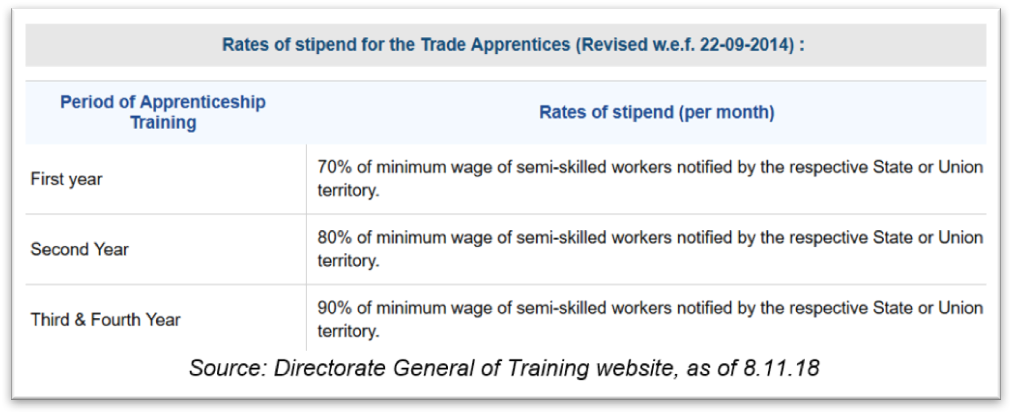

Graduate, Technician &Technician (Vocational) apprentices: Stipend is shared equally between the employer and the central government. Establishments must upload proof of payment of stipend on the apprenticeship portals. The government’s share gets reimbursed on a quarterly basis by the respective RDAT or SAA.
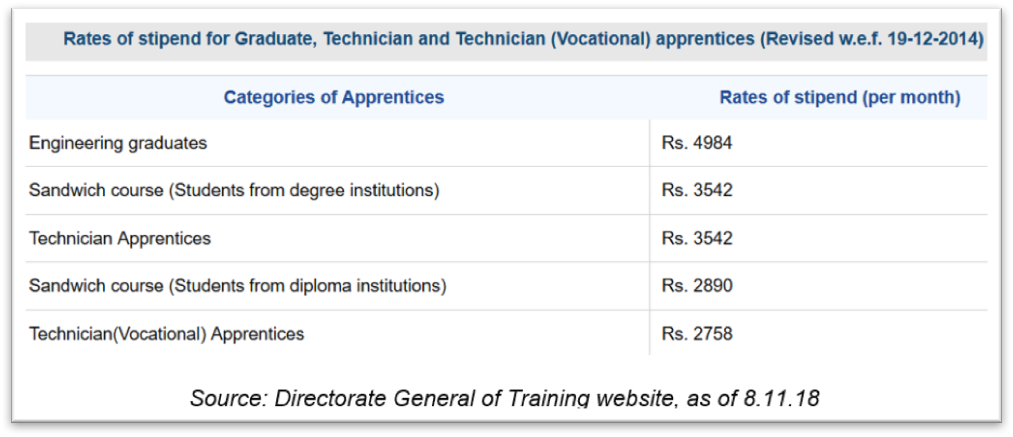

Further, if the listed trade is under the NAPs two type of claims are allowed. Basic Training Provider (BTP) claim and an establishment claim. An establishment claim is 25 percent of declared wages or a maximum of Rs. 4500 (whichever is lower) from the government. A BTP claim is 50 percent of declared wages or a maximum of Rs. 7500 (whichever is lower) from the government for a maximum period of 3 months/500 hours. To make a claim the establishment would need to meet the additional conditions listed below.
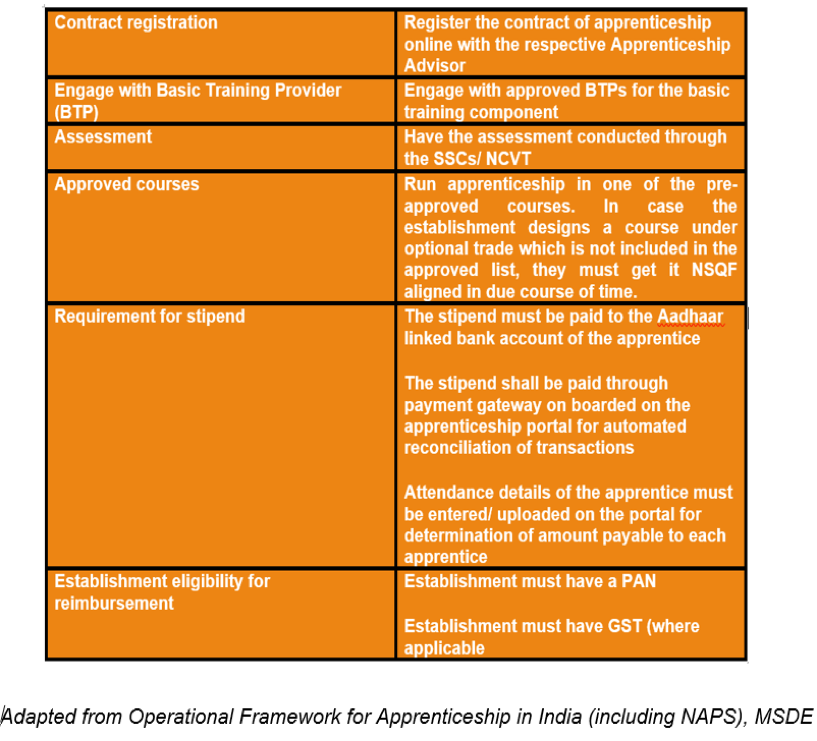

What About Certification
All apprentices are assessed on completion of the programme and are awarded a certificate. For designated trades an all India trade test is conducted by the National Council for Vocational Training. For optional trades designed by an employer an in-house assessment is carried out.
As an employer you are able to design your own competency based ‘optional trade’ course not included in the list of pre-approved courses. However, using a pre-approved qualification pack (QP) from a basket of over 2000 QPs has a distinct advantage of getting aligned to the National Skill Qualification Framework which will make the course eligible for subsidies under the NAPS.
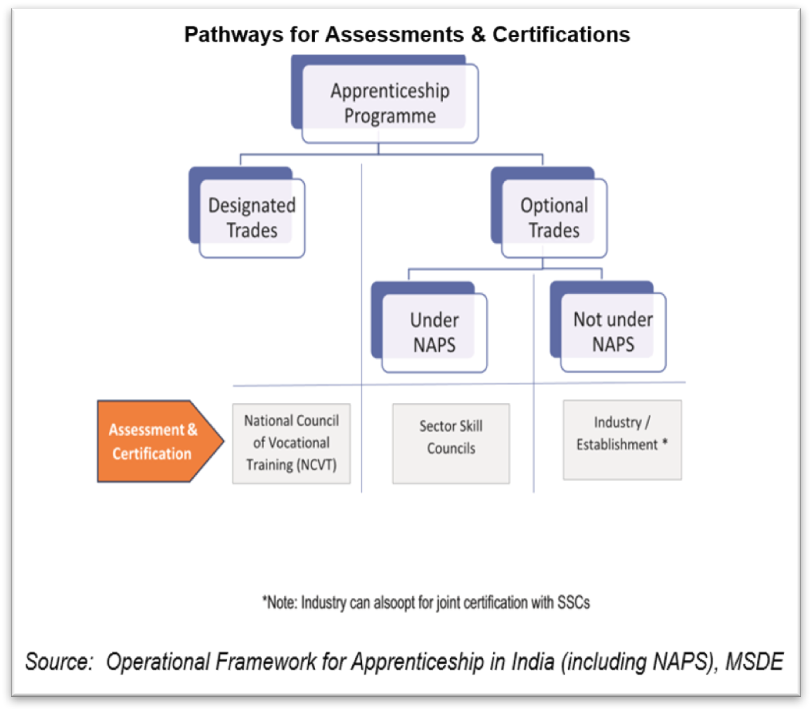

How Do You Start?
Both NATs and NAPS have user-friendly full-service online portals for employers/establishments for a smooth registration process along with other functionalities such as,
- On-line registration
- Declare apprenticeship seats/vacancies
- Search & shortlist candidates specific to sector, trades, region etc.
- Issue offer letters to candidates
- Submit contract of apprenticeship on-line for approval by respective RDAT/State Apprenticeship Advisor
- On-line submission of returns and records
- On-line submission of claims
- Online payment of Government share
NATS portal for Designated Trades apprenticeships under DGT
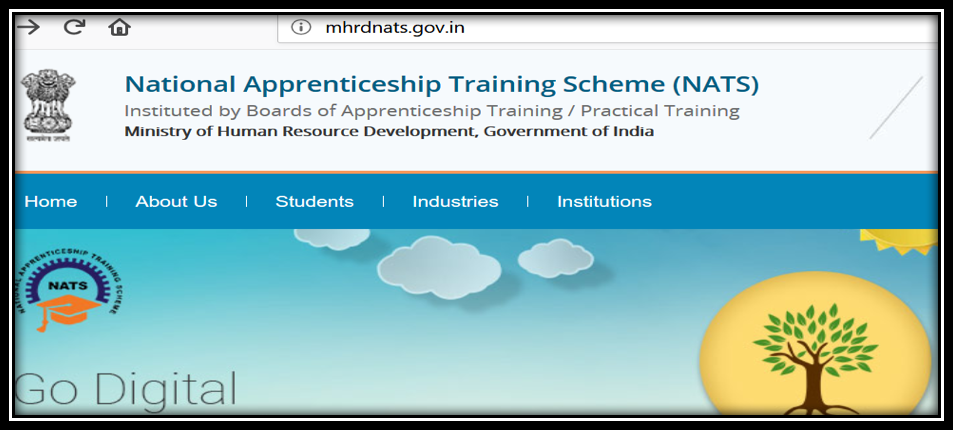

Optional Trade portal for apprenticeships under NSDC


Technician Vocational (10+2) apprenticeships portal under MSDE
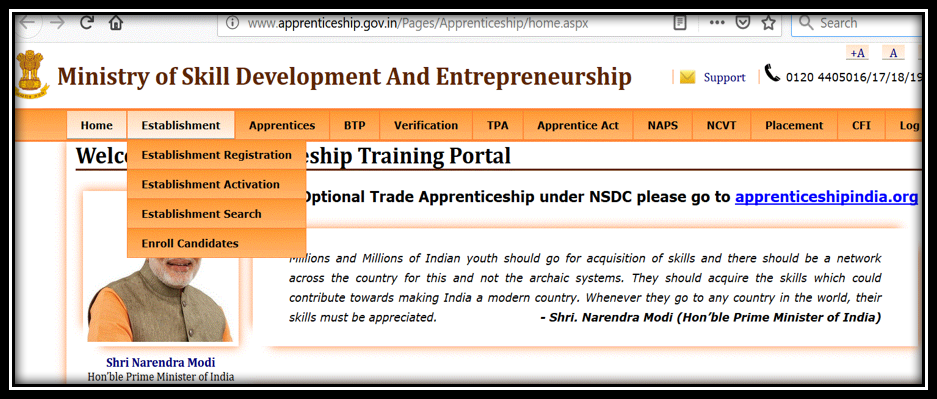

All portals are a rich source of the latest training material, manuals, news and updates.
Your Time to Start
A key addition to the Apprentice Act in 2014 was the category of optional trades shifting more power to the hands of employers to infuse confidence enabling them to design courses customised to their unique business needs without undue regulatory interference. It thus follows that taking up these beneficial offerings becomes the responsibility of industry both large and SMEs to contribute to the mission and success of India’s skill building ambition.
The following image is a helpful snapshot of the processes involved in executing an optional trade.
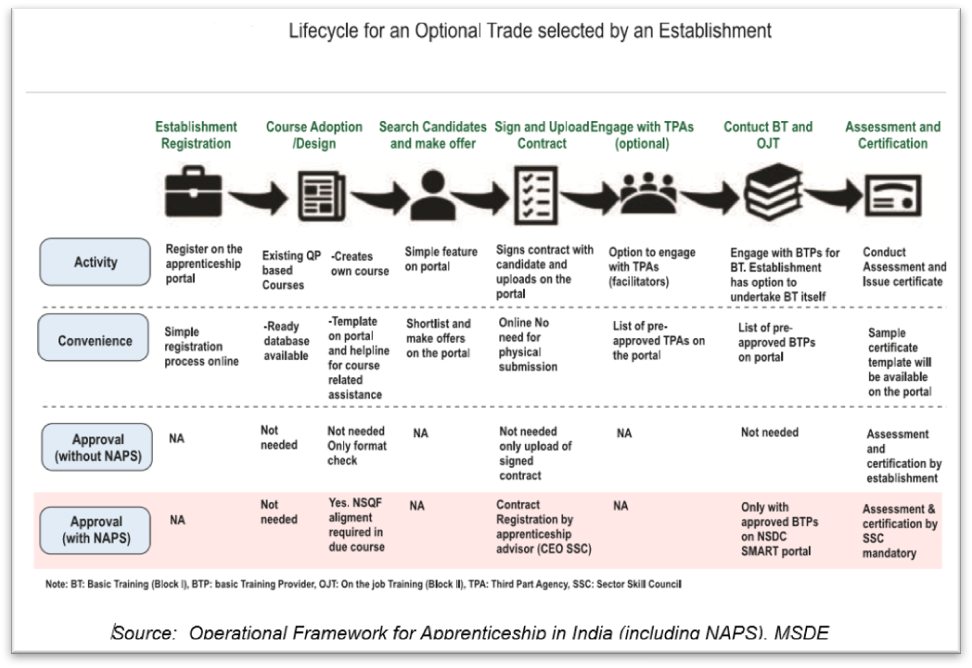

We hope the above information will provide a useful base on how you can go about kick-starting your own apprenticeship programme.
References:
- Operational Framework for Apprenticeships in India (including NAPS), Ministry of Skill Development & Entrepreneurship
- NAPS Guidelines, Ministry of Skill Development & Entrepreneurship
- NCVT MIS – Frequently Asked Questions
- The Apprentices (Amendment) Act 2014- Ministry of Law and Justice- The Gazette of India
- National Apprenticeship Training Scheme
- National Apprenticeship Training Scheme- Designated Trades Portal
- National Apprenticeship Training Scheme- Optional Trades Portal















